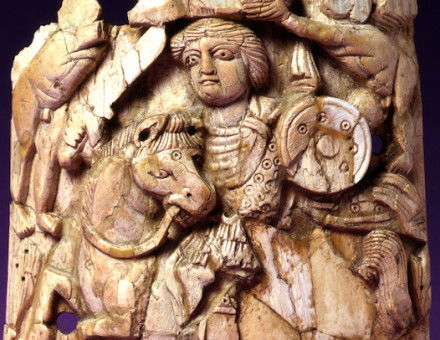Freeing the Streets of Victorian London
Peter Atkins finds that though we might be considering toll roads, the Victorians were glad to get rid of them.
Victorian values are perhaps less fashionable in 1993 than they were in 1983, but the political debate in many respects retains its flavour of deja vu. One issue to rear its head recently has been that of privatised pay roads or turnpikes, about which there was also a long running discussion in the nineteenth century. Indeed our forbears were exercised for something like fifty years with the desire to rid themselves of all kinds of barriers to free movement by road. Londoners suffered particularly from the oppressive combination of turnpikes, toll bridges, and gates and bars across private roads.
There had been bars at the gates of the City of London since at least Norman times to control access, but the eighteenth century saw the introduction of a variety of barriers beyond the ancient walls. For decades they were tolerated by the public but in the 1820s there came an awakening of interest which gradually grew into a political campaign emphasising the freedom of the individual to travel without let or hindrance.





